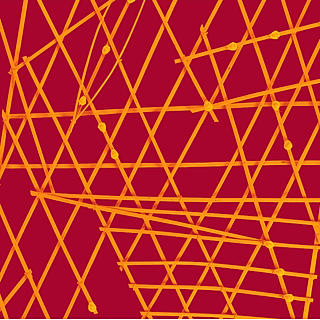Ye Olde Letter "Þ"
- Admin
- Sep 2, 2017
- 2 min read

The reason why you're pronouncing "Ye Olde" wrong...
Old English wasn’t written in the Latin alphabet, instead it was written in the Futhark, otherwise known as Runes. Incidentally, to call it the Runic “alphabet” would be a misnomer, because, as you might already know, the alphabet is named for its first couple of letters: Alpha and Beta. The same applies in the case of the Runic “Futhark” or “Futhorc” in Old English: Feoh, Ūr, Þhorn, Ōs, Rād, and Cēn (FUÞORC).
The Futhark emerged in the second century CE from an Old Italic script– perhaps the Etruscan or Latin scripts– and was employed to record the Germanic languages before the adoption of the Latin alphabet.
The first version of the Runic script was the Elder Futhark, which was used between 150 CE and 800 CE. However, the variety which interests us here is called the Anglo-Saxon Futhorc, used to record Old English between 400 CE and 1100 CE.
The earliest Old English texts were written in the Futhorc and its third letter, the “thorn” (Þ), was used to write the “th” sound found in “three” (the letter survives in Icelandic). The name Thorn (Þorn) derives from the Proto-Germanic *Þurisaz, meaning "Giant".
The digraph “th” began to grow in popularity in the fourteenth century in favour of the thorn. During this period, the shape of the thorn grew less distinctive, with the letter losing its ascender (the upward stroke), and came to ressemble the old “wynn” (Ƿ, ƿ), which had fallen out of use by 1300 CE. Eventually, in some manuscripts (i.e. The Boke of Margery Kempe), it had evolved to become indistinguishable from the letter Y. In addition, the digraph “th” had also largely ousted the thorn Þ.
The thorn was dealt its final blow with the proliferation of the printing press, which used printer’s type from Germany and Italy containing Y, but not the thorn sign Þ. As such, the letter Y was used as a substite for the thorn, leading to the common spelling of “ye” for "the" ("Þe"), as in “Ye Old Shoppe”.
The pseudo-Early Modern English “ye olde”, suggestive of “Merry England”, “Deep England”, or else conveying a“Mediaevel” air, i.e. “Ye Olde English Pubbe” emerged in the eighteenth century.
Because of its identical spelling to the English pronoun “Ye” (“you”), which was still in use, “ye olde” was mistakingly pronounced in the same way. This error has been preserved in the present-day pronunciation.
Abbreviations
The following were common abbreviations using the thorn during Middle and Early Modern English.
Þe - Middle English abbreviation for the word 'the'
Þt - Middle English abbreviation for the word 'that'
Þu - Rare Middle English abbreviation for the word 'thou'
Ys - Early Modern English abbreviation for the word 'this'
Ye - Early Modern English abbreviation for the word 'the'
yt - Early Modern English abbreviation for the word 'that'
Share your comments down below!
Like what we're doing? Support us: https://www.patreon.com/glyph



















Comments